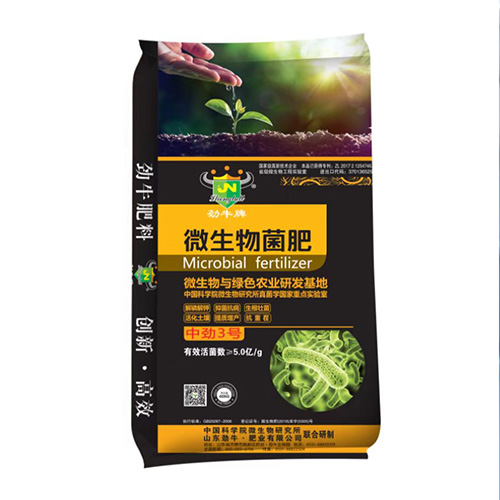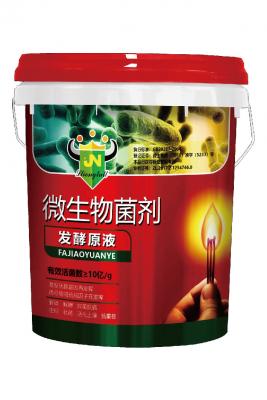How to use microbial fertilizer
Biological bacterial fertilizer is a new type of biological "fertilizer" that has appeared in recent years. Although it is called bacterial fertilizer, its essence is not fertilizer. It is only cultivated by some factories. beneficial bacteria of crops.
The amount of biological bacterial fertilizer
Depending on the timing of fertilization, the amount of base fertilizer and top dressing is 5 kg per mu, which can be mixed with organic fertilizers;
For agricultural products such as fruit trees, the amount of each seedling is about 200 grams, and the adult fruit trees can be applied in radial grooves, each 0.5-1 kg.
In addition, microbial fertilizer can also be used for dipping seedlings to irrigate roots, mixing seedbed soil, potted plants, and flushing, etc. Various fertilization methods are different, and the dosage should be well controlled, otherwise it will be twice the result with half the effort.
Instructions:
1. Use early, use enough, and frequently. The microbial inoculants need to compete with other microorganisms for nutrients and positions in the rhizosphere. It is recommended to start the application from the base fertilizer (early growth period), do not reduce the amount arbitrarily, and apply it at least 2-3 times in a growing season.
2. Adopt the correct application method: seed dressing, seed soaking, root dipping, root irrigation, hole application, furrow application, spray application, drip irrigation, spread application, etc. can be used. The early effects of soaking seeds and dipping roots are outstanding. To achieve better results, it is necessary to combine soil application methods, especially root irrigation, hole application, and drip irrigation.
1) After spreading on the surface, it must be covered with soil to promote the colonization of microorganisms in the soil and avoid UV damage.
2) Spraying and drip irrigation have higher requirements for microbial inoculants, and most microbial inoculants cannot be dissolved due to the limitations of carriers and production processes.
Precautions:
1. When the total content of nitrogen, phosphorus and potassium exceeds 8%, it will keep the activity of the bacteria when it is mixed with inoculants and fertilized.
2. Do not mix bacterial fertilizers with fungicides, pesticides, herbicides, sulfide-containing fertilizers (such as potassium sulfate, etc.) and plant ash.
3. It is recommended to use the method of furrow application and nest application. Be sure to cover the bacterial fertilizer in the soil to avoid direct sunlight, and ultraviolet rays will kill bacteria; in addition, it is not recommended to apply microbial bacterial fertilizer, because the bacteria will be destroyed after accelerated absorption. Disperse, affect the effect after application.
4. It is not recommended to use microbial fertilizer for crop fields under high temperature, low temperature and drought conditions.




